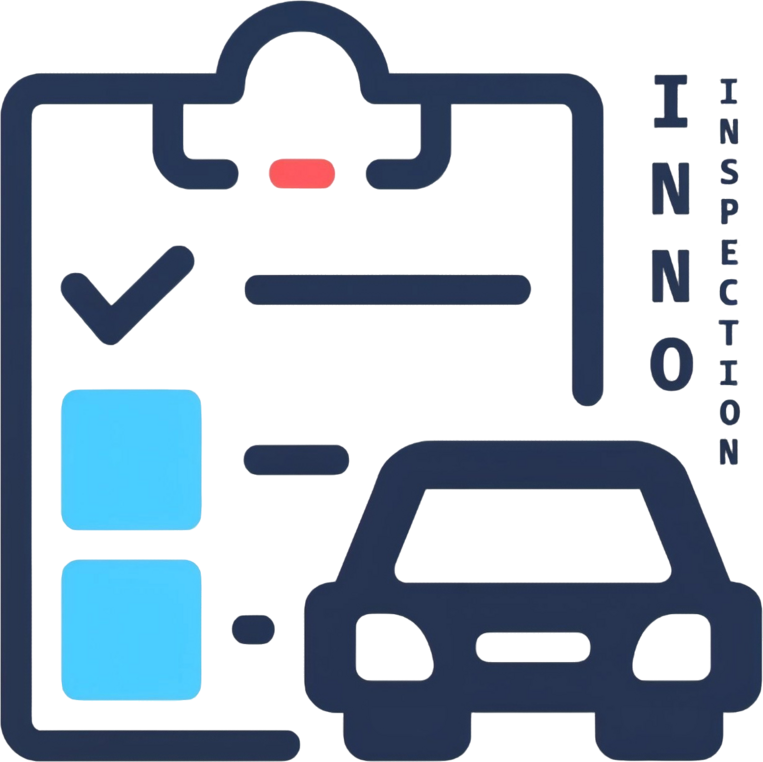Introduction
Telematics technology has revolutionized fleet management by offering real-time data and analytics that empower fleet managers to make informed decisions. This advancement encompasses GPS tracking, onboard diagnostics, and data transmission, enabling the collection of essential insights into vehicle usage, driver behavior, and maintenance needs.
Key Benefits of Telematics
- Enhanced Visibility:
Fleet managers can monitor vehicle locations and movements in real-time. This capability improves route planning, reduces downtime, and increases overall operational efficiency. By using telematics, companies can optimize routes based on traffic patterns and delivery schedules, leading to timely arrivals and improved customer satisfaction. - Driver Behavior Insights:
Analyzing driving patterns through telematics helps identify unsafe behaviors, such as harsh braking, rapid acceleration, and excessive idling. By addressing these behaviors through targeted training initiatives, fleets can enhance safety, reduce accident rates, and lower insurance premiums. Regular feedback on driving performance fosters a culture of accountability and responsibility among drivers. - Proactive Maintenance:
Telematics systems can alert managers to maintenance needs before they become critical issues. By monitoring vehicle health metrics, such as engine performance and fluid levels, fleet managers can schedule preventative maintenance, thereby reducing repair costs and minimizing vehicle downtime. This proactive approach ensures that vehicles remain operational and safe. - Fuel Efficiency:
Fuel consumption is a significant expense for fleet operations. Telematics can monitor fuel usage patterns and identify vehicles that are underperforming in fuel efficiency. By implementing measures based on this data, such as eco-driving training or vehicle upgrades, companies can achieve substantial fuel savings—often in the range of 10-15%. - Cost Savings:
The comprehensive data provided by telematics leads to significant cost savings across various areas. By optimizing routes, reducing fuel consumption, and minimizing maintenance costs, companies can enhance their bottom line. Additionally, improved safety records can lower insurance premiums and liability costs. - Regulatory Compliance:
Many industries have stringent regulations regarding vehicle safety and emissions. Telematics can assist in ensuring compliance with these regulations by providing data on vehicle performance and maintenance history. By documenting compliance, fleets can avoid costly fines and legal issues. - Data-Driven Decision Making:
Telematics provides a wealth of data that can inform strategic decisions. Fleet managers can analyze trends, such as vehicle usage and maintenance needs, to make data-driven decisions that enhance overall fleet performance. This analytical approach allows for continuous improvement and optimization of fleet operations. - Environmental Impact:
With increasing emphasis on sustainability, telematics can help fleets reduce their environmental footprint. By optimizing routes, minimizing fuel consumption, and tracking emissions, companies can contribute to environmental conservation while also meeting corporate social responsibility goals.
Telematics is not just a tool; it’s a game-changer for fleet efficiency and safety.
In conclusion, leveraging telematics technology is essential for optimizing fleet management. By harnessing its capabilities, companies can enhance safety, improve efficiency, and drive significant cost savings. As the industry continues to evolve, telematics will play an increasingly critical role in shaping the future of fleet management.
As businesses increasingly adopt telematics, reflecting on how this technology can integrate into your fleet strategy might unveil new opportunities for efficiency and insight that can elevate your operations to the next level.







